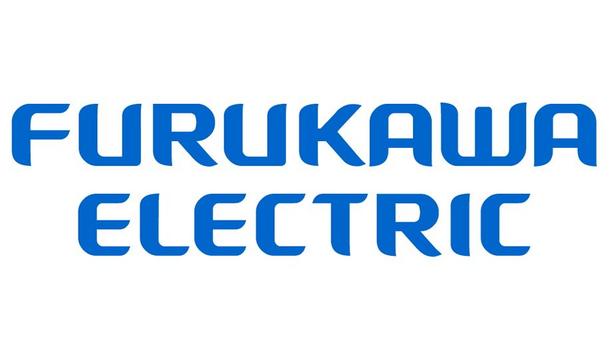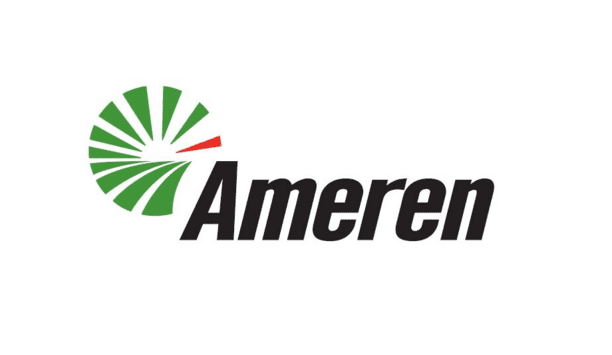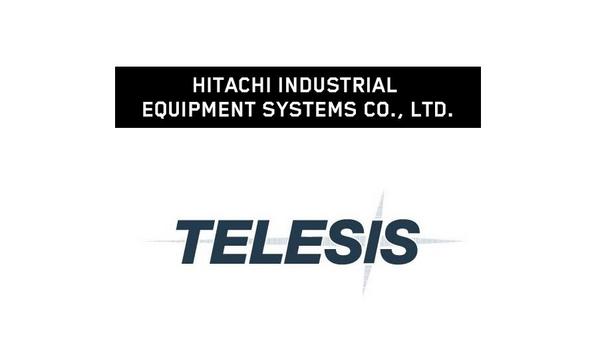Decarbonization goals in the energy sector are causing a rapid surge in electricity demand. In the EU, demand will increase, on average, by 1.8% each year over the next decade.
electric cars
A whopping 40-50 million heat pumps and 50-70 million electric cars are expected to be added to the grid within that time frame.
This makes the modernization and expansion of the electricity distribution grid one of the biggest challenges the EU faces. According to Eurelectric, it’s a €400 billion investment challenge by 2050 in the EU and the UK, a sum that is 50-70% higher.
grid expansion
Wind and solar costs continue to drop, meaning that consumers should be rewarded
A major hurdle is to make grid expansion and modernization as cost-efficient and evenly distributed as possible – otherwise, it could act as a showstopper to the energy transition.
A key part of this is to ensure that increased costs are not passed on to end users. Wind and solar costs continue to drop, meaning that consumers should be rewarded for switching to cleaner energy sources.
end-to-end connectivity
However, due to renewables’ intermittent nature, the only way to manage this efficiently and make room for smaller-scale generation assets is to drastically increase the flexibility of power systems by better-balancing supply and demand.
To do this in a cost-efficient manner, users must leverage innovative technologies that enable end-to-end connectivity between the distribution grid and assets generating and consuming electricity.
Integrating Distribution System Operator (DSO) Signals
By incorporating external control signals from grid operators, for example, during periods of overload, the gridX energy management system (EMS) algorithms in the Grid Protector and Peak Shaver modules can control the power consumption of the connected energy assets so that they operate in a grid-friendly manner.
This grid-friendly control of assets enables DSOs to minimize grid congestion and the need for additional ancillary services, thereby reducing system costs.
VDE-AR-4100, VDE-AR-4105 and VDE-AR-4110
The standards outline the essential requirements for the connection of customer systems to the public utility grid
Distribution grid integration is also particularly important to ensure that local policies and regulations are consistently met. In Germany, for example, this makes it easier to adhere to the Technical Connection Rules (TCR) outlined in the VDE-AR-4100, VDE-AR-4105, and VDE-AR-4110.
These standards outline the essential requirements for the connection of customer systems to the public utility grid to uphold grid interoperability. They must be observed during the planning, construction, connection, and operation of electrical systems – power supply systems, generation systems, storage systems, charging infrastructure for electric vehicles and power plants – in low- and medium-voltage networks.
gridX EMS algorithm
To change the behavior of individual assets, the gridX EMS algorithm can receive multiple types of control signals, including a 1-bit signal from a radio-controlled relay, a controllable local system (CLS) proxy through a smart meter gateway, or a signal from a higher-level EMS.
The integration of these signals into the power system takes place in two steps. First, the gridX API converts DSO’s third-party API signals so that the EMS can recognize them. They can then be incorporated into the algorithm, allowing XENON to control assets via local control signals.
optimal utilization
Dortmund-based DSO, Westnetz, used XENON to access and control flexible loads during periods of grid congestion to avoid overloads.
The energy flows of 17 energy assets – charging stations and photovoltaic systems – were locally optimized to always remain within the available power limit. This power limit can be adjusted by Westnetz in response to the state of the grid via the gridX API.
decentralized energy assets
This facilitates quick responses to grid imbalances, removes the need for previously required safety buffers, and ensures optimal utilization of the distribution grid's capacity. Ultimately, they were able to minimize the need for grid expansion, while enabling end users to profit from faster expansion of charging infrastructure and lower grid tariffs.
The integration of DSO signals enables end-to-end communication from the grid to the device level, a core feature of smart grids. Only if everything works intelligently and in conjunction with each other can decentralized energy assets be better integrated, grids become greener and energy costs be lowered.






